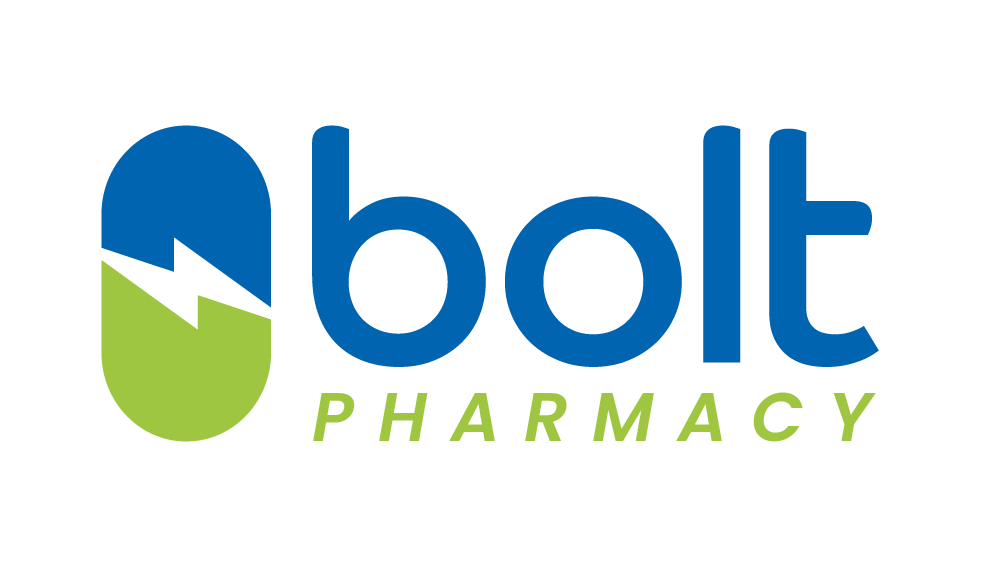Dry eye disease is a common ocular condition affecting up to 50% of the adult population.
It is a multifactorial disease of the tears and ocular surface which results in symptoms from itchy, red eyes, discomfort and visual disturbances.
Dry eye can be associated with conditions such as diabetes and rheumatoid arthritis. It is common in men and women with advancing age especially women after the menopause. Blepharitis and Meibomian gland dysfunction are the most common causes of dry eye disease. Blepharitis is inflammation of the eyelids and can be divided into anterior and posterior blepharitis. Meibomian gland dysfunction is when the glands lining the upper and lower lids become blocked. Contact lenses, eye surgery, certain medications and the environment can also contribute to dry eye disease.
The tear film is made up of three layers. The mucin, aqueous and lipid layer. These layers keep the tear film healthy and in turn the tear film keeps the front surface of the eye healthy.
If left untreated this can become a chronic inflammatory condition which can lead to permanent damage to the ocular surface. This can impact everyday tasks and a person’s quality of life.
Treatment options for dry eye disease includes ocular lubricants. Artificial tears can be can be purchased over the counter from a pharmacy. These replace the natural tears and keep the eyes lubricated. Gels stay in the eye for longer and do not need to be used as often as artificial tears. Ointments can be used before sleeping as they cause blurry vision and stop the eyes drying out overnight so they feel comfortable in the mornings.
Other treatment options include a procedure called punctal occlusion where the small drainage channels are blocked with punctal plugs to stop the tears from draining away. Intense pulsed light therapy (IPL) has recently become available as a treatment option for dry eye disease. This requires several sessions of treatment of flashes of lights around the eyelids. These are absorbed by the tissues and generate heat. IPL is a safe and effective treatment for patients with dry eye disease however there are limitations in its use including cost as it is available only from private optometrists who specialise in dry eye and is currently not available on the NHS. Lid hygiene is the main treatment option for Meibomian gland dysfunction.
There is no cure for dry eye disease but finding the right treatment can reduce the impact on everyday lives.
Nabeela Adam MCOptom
Optometrist
References: Optometry today, volume 63:06 Dec 23/jan 24- article eyelid health: management of itchy, sticky and swollen lids
https://www.rnib.org.uk/your-eyes/eye-conditions-az/dry-eye/

